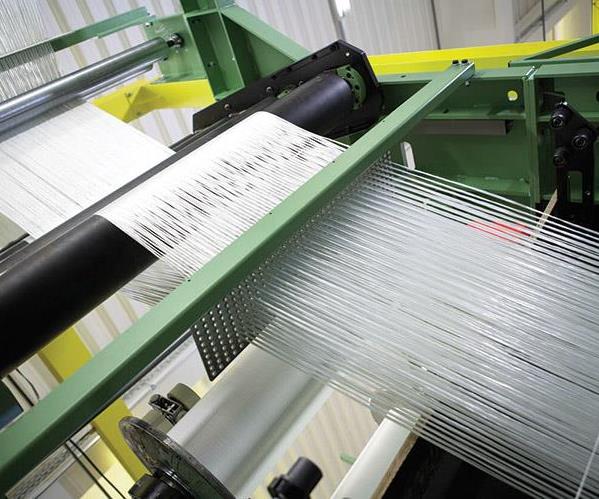Sizing for carbon fiber
This sidebar to CW's August 2016 feature story on sizings for glass fiber outlines the current thrust of inquiry into sizings for carbon fibers.
Editor’s note: This sidebar on carbon fiber sizings accompanies CW’s feature in the August 2016 issue on sizings for glass fiber.
Sizing for carbon fiber has two main roles, both similar to those for glass fiber sizing, says Alan Riley, general manager, Carbon Fibre Dept., Northern Europe, Toray International U.K. Ltd. (London, UK). One main goal is to protect the fiber, to prevent individual filaments from breaking and to improve handling of the very fine carbon filaments, typically 5 to 7 micrometers (µm) diameter, some of which may stray from the strand.
The second role is to provide compatibility with the molding process, the selection of which can be dictated to a degree by the matrix resin that will be used. Headquartered in Tokyo, Japan, parent company Toray Industries is a major global producer of carbon fiber and formulates its own sizings. For example, Guillaume Deixonne, technical support engineer, industrial applications, Toray Carbon Fibers Europe (Paris, France), says Toray has a specific sizing for carbon/vinyl ester for marine environments. As it does for glass fiber, sizing for carbon fiber promotes thorough fiber impregnation and bonding between the fiber and the resin. This, in turn, improves mechanical properties, such as compressive strength and interlaminar shear strength of the end product.
Despite carbon fiber’s use in more demanding applications, however, carbon fiber sizings, historically, have not demanded quite as much from formulators as those designed for glass fibers. Sizing formulae for the latter are generally more complex than those for carbon fibers because they require a silane component to build the bond between the glass and polymer. This is not an issue with carbon fiber.
“The fact that carbon fiber itself brings very high mechanical performance to a part has for years been considered good enough, especially in an epoxy matrix,” Michelman’s (Cincinnati, OH, US) LeMoigne comments. Epoxy is inherently “sticky” and, therefore, wets the organic carbon fiber quite well, but this is not true of all thermosets nor of thermoplastics. In the future, carbon/epoxy composites are less likely to hold so commanding a position in the market as they do today. “To achieve the next generation of composites, which demands higher performance, the interface between the carbon and the resin must be made as effective as possible.” This is proving especially challenging with the trend toward thermoplastic matrices, because of their inherently higher viscosities.
“There are so many different types of thermoplastics,” says Deixonne. ”We can’t develop a one-size-fits-all formula.” Riley and Deixonne agree the challenge is to develop sizing that works well at high temperatures, but also ensure sizing solutions are available that are compatible with either unidirectional tow or with fabric produced by intermediate processors.
One of the biggest challenges today is making sizing chemistry and carbon fiber that will meet automotive pressures for part manufacture within their production cycle time.
Related Content
-
Pro-Set named official materials supplier for New York Yacht Club American Magic
Competitive sailing team prepares for the 37th America’s Cup beginning in August 2024 with adhesives, resins and laminate testing services for its AC75 monohull construction.
-
XlynX Materials BondLynx and PlastiLynx for low surface energy PP, PE substrates
Award-winning Xlynx materials use breakthrough “diazirine” technology to boost bond strength up to 950% as adhesives, primers and textile strengtheners.
-
Pontacol thermoplastic adhesive films are well-suited for composite preforms
Copolyester- and copolyamide-based adhesive films eliminate the need for sewing threads or binders when stacking laminates while improving the final part’s mechanical properties.















